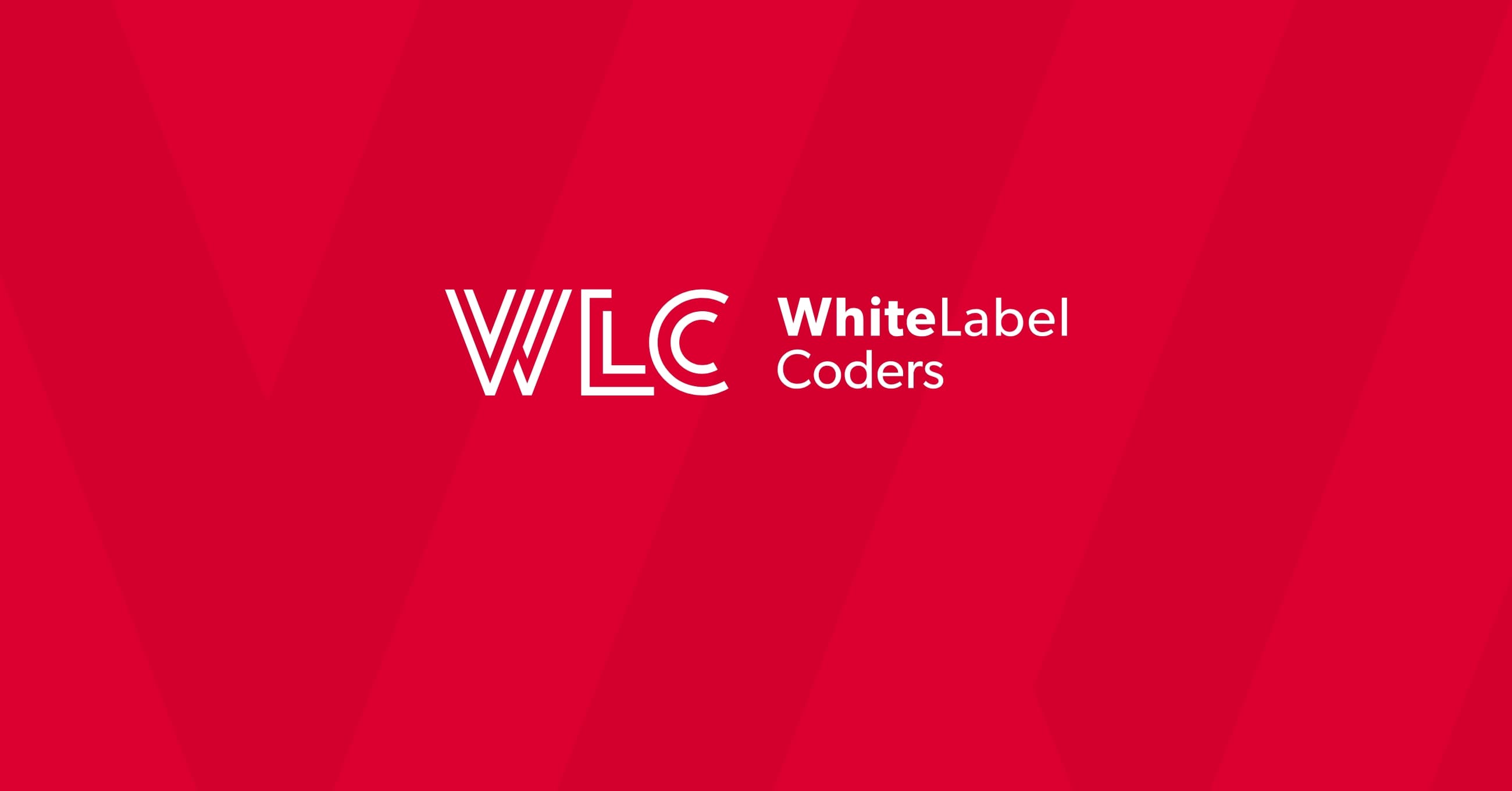Category: WooCommerce
What database does WooCommerce use?

WooCommerce uses MySQL as its primary database system, leveraging the WordPress database architecture as its foundation. As a WordPress plugin, WooCommerce extends the standard WordPress database structure by adding its own specialized tables to handle e-commerce functionality like products, orders, and customer data. This MySQL-based approach provides a robust and scalable foundation for online stores of all sizes, from small boutiques to enterprise-level e-commerce operations.
Understanding WooCommerce and its database requirements
WooCommerce is a powerful e-commerce platform that transforms a standard WordPress site into a fully functional online store. As a plugin rather than a standalone application, WooCommerce’s database architecture is intrinsically tied to WordPress’s underlying structure.
The database foundation of WooCommerce is crucial because it directly impacts your store’s performance, scalability, and reliability. Every product, order, customer record, and transaction is stored within this database system, making it the backbone of your entire e-commerce operation.
WordPress itself relies on a relational database system to store everything from posts and pages to user accounts and settings. When WooCommerce is installed, it extends this existing structure with additional tables specifically designed to manage e-commerce data. This integrated approach allows for seamless operation while maintaining the flexibility and extensibility that WordPress is known for.
The performance of your WooCommerce development project largely depends on how well this database is structured and maintained. As your store grows, the database handles increasingly complex relationships between products, variations, orders, and customer data – requiring careful optimization to maintain speed and responsiveness.
What database does WooCommerce use?
WooCommerce uses MySQL as its primary database system, inheriting this database architecture directly from WordPress. MySQL is a robust, open-source relational database management system that powers millions of websites and applications worldwide.
When you install WooCommerce on your WordPress site, it doesn’t change the underlying database type. Instead, it extends the existing WordPress MySQL database by adding specialized tables to handle e-commerce functionality. These additional tables are seamlessly integrated with WordPress’s core tables, creating a unified database structure.
The relationship works like this: WordPress provides the foundational database structure with tables for posts, users, comments, and options. WooCommerce then adds its own set of tables with names typically prefixed with “wc_” to manage e-commerce specific data like orders, products, payment records, and shipping information.
This approach offers several advantages:
- Compatibility with existing WordPress hosting environments
- Ability to leverage WordPress’s established database optimization techniques
- Simplified backup and restoration processes
- Access to a wide range of database management tools familiar to WordPress developers
For store owners, understanding that WooCommerce uses MySQL means you can apply standard MySQL optimization techniques to improve your store’s performance, especially as your product catalog and order volume grow.
How does WooCommerce organize its database tables?
WooCommerce organizes its database with a structured approach that extends the WordPress database by adding specialized tables for e-commerce functionality. These tables follow a logical organization pattern based on the type of data they store.
The core WooCommerce tables can be categorized into several functional groups:
| Table Category | Primary Tables | Purpose |
|---|---|---|
| Order Management | wc_orders, wc_order_items, wc_order_itemmeta | Store order details, line items, and associated metadata |
| Product Data | wp_posts (with post_type=’product’), wc_product_meta_lookup | Store product information, variations, and searchable attributes |
| Customer Records | wc_customer_lookup, wc_order_customer_lookup | Store customer data and order relationships |
| Tax Management | wc_tax_rate_classes, wc_tax_rates, wc_tax_rate_locations | Manage tax rates, classes, and location-specific rules |
| Shipping | wc_shipping_zone_methods, wc_shipping_zones | Configure shipping zones, methods, and costs |
WooCommerce cleverly uses the existing WordPress structure where possible. For example, products are stored as custom post types in the wp_posts table, with additional metadata in wp_postmeta. This approach minimizes redundancy while maintaining compatibility with WordPress’s core functionality.
The relationships between these tables are carefully designed to allow for complex queries while maintaining performance. For instance, order data is distributed across multiple tables to allow efficient retrieval of order summaries, detailed line items, or specific metadata without requiring expensive full-table scans.
This database organization provides the foundation for WooCommerce development projects of all sizes, from small shops to enterprise e-commerce platforms handling thousands of products and orders daily.
Can you use a different database with WooCommerce?
Yes, you can use alternative database systems with WooCommerce, but with important limitations. While MySQL is the default and recommended database for WooCommerce, the platform can also work with MariaDB – a MySQL fork with full compatibility.
MariaDB is the most viable alternative to MySQL for WooCommerce stores. It was created by the original developers of MySQL and maintains compatibility while offering some performance improvements and additional features. Many hosting providers actually use MariaDB as a drop-in replacement for MySQL without requiring any changes to WooCommerce or WordPress configurations.
Beyond MariaDB, options become significantly limited:
- PostgreSQL: While there are projects attempting to make WordPress (and by extension, WooCommerce) work with PostgreSQL, these solutions aren’t officially supported and may introduce instability.
- SQLite: Very small WordPress installations might use SQLite, but this isn’t suitable for WooCommerce stores due to concurrency and performance limitations.
- NoSQL databases (like MongoDB): These aren’t compatible with WordPress’s architecture without extensive customization that would likely break WooCommerce functionality.
For enterprise implementations, some large organizations implement custom solutions that synchronize WooCommerce’s MySQL database with other database systems (like Oracle or Microsoft SQL Server) for reporting or integration purposes. However, the primary WooCommerce application still runs on MySQL or MariaDB.
If you’re considering alternative database options for your WooCommerce development project, the most practical approach is to stick with MySQL or MariaDB and focus on optimizing your database configuration rather than changing the database type altogether.
How can you optimize a WooCommerce database for better performance?
Optimizing your WooCommerce database is essential for maintaining a fast, responsive online store. Several practical techniques can significantly improve database performance, especially as your product catalog and order volume grow.
| Optimization Technique | Benefits | Implementation Complexity |
|---|---|---|
| Database Table Optimization | Reduces fragmentation, reclaims space | Low (can be automated) |
| Index Optimization | Speeds up queries, reduces server load | Medium (requires analysis) |
| Removing Post Revisions | Reduces database size, improves backup speed | Low |
| Cleaning Transients | Removes expired temporary data | Low |
| Order Data Cleanup | Manages growing order tables | Medium (requires planning) |
| Database Caching | Reduces repeat queries, speeds up responses | Medium to High |
Start with regular database maintenance by optimizing WordPress and WooCommerce tables. This process reorganizes the data physically, updates statistics, and reclaims unused space. You can use plugins like WP-Optimize or schedule MySQL’s OPTIMIZE TABLE commands for automated maintenance.
Cleaning up unnecessary data significantly improves performance. Consider limiting post revisions in your wp-config.php file or removing them entirely if you don’t need extensive revision history. Similarly, removing expired transients (temporary cached data) can prevent database bloat.
For larger stores, implementing proper database indexing strategies is crucial. While WooCommerce creates essential indexes automatically, custom queries or specific search patterns might benefit from additional indexes. However, avoid over-indexing as this can slow down write operations.
Implementing a database caching solution like Redis or Memcached can dramatically reduce database load by storing frequently accessed data in memory. This is particularly effective for product catalogs, cart contents, and session data.
Finally, consider a strategic approach to order management. For high-volume stores, archiving older orders or implementing a database sharding strategy can prevent performance degradation as your order tables grow.
What are common WooCommerce database issues and how to solve them?
WooCommerce stores frequently encounter several database-related issues that can impact performance and reliability. Understanding these common problems and their solutions is essential for maintaining a healthy e-commerce operation.
Slow database queries are among the most prevalent issues, especially in stores with large product catalogs or order histories. This typically manifests as slow page loads or timeouts during checkout processes. To resolve this:
- Implement query monitoring tools to identify problematic queries
- Optimize or replace inefficient queries, particularly in third-party plugins
- Add appropriate indexes for frequently used search patterns
- Consider query caching solutions to reduce database load
Database bloat occurs when tables accumulate unnecessary data over time. This increases backup times and can slow down overall performance. Address this by:
- Regularly cleaning up abandoned carts and expired sessions
- Removing unused post revisions and post meta
- Archiving old orders in high-volume stores
- Deleting expired transients that accumulate in the options table
Database connection issues often occur during peak traffic periods, particularly in shared hosting environments. These manifest as “too many connections” errors or intermittent site failures. Solutions include:
- Upgrading to hosting with higher connection limits
- Implementing connection pooling
- Using object caching to reduce database connections
- Optimizing plugins to release connections promptly
Another common issue is database corruption, which can happen after server crashes or problematic updates. Signs include missing data, errors in the WordPress admin, or complete site failure. Recovery options include:
- Restoring from a recent backup
- Using MySQL’s repair tools for minor corruption
- Running the WordPress Database Repair utility
Working with experienced WooCommerce development specialists can help identify and resolve these database issues before they impact your customers’ shopping experience.
Key takeaways about WooCommerce database management
Effective database management is fundamental to running a successful WooCommerce store. Understanding how WooCommerce utilizes MySQL as its database system provides the foundation for maintaining optimal performance as your e-commerce business grows.
Remember these essential points about WooCommerce’s database system:
- WooCommerce operates on MySQL (or MariaDB) by extending the WordPress database structure with specialized tables for e-commerce functionality
- The database architecture follows a logical organization that separates orders, products, customers, and settings into distinct table groups
- Regular maintenance including optimization, cleaning, and indexing is crucial for long-term performance
- Common issues like slow queries and database bloat can be prevented through proactive management
As your store grows, the demands on your database will increase significantly. What works for a small shop with a few dozen products may become insufficient when handling thousands of products and orders. Scalability planning should be part of your database strategy from the beginning.
For complex or high-traffic WooCommerce implementations, consider working with specialists who understand both the technical aspects of database optimization and the specific requirements of e-commerce operations. Their expertise can help implement advanced solutions like sharding, replication, or custom caching strategies tailored to your unique business needs.
Ultimately, a well-managed database is invisible to your customers – they simply experience a fast, reliable store that processes their orders without delays or errors. This “behind-the-scenes” aspect of e-commerce excellence might not be glamorous, but it’s essential for delivering the shopping experience that keeps customers returning to your WooCommerce store.

